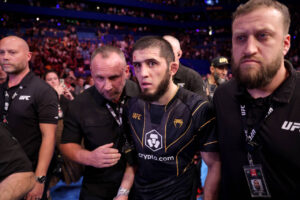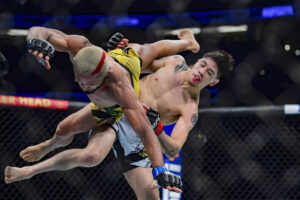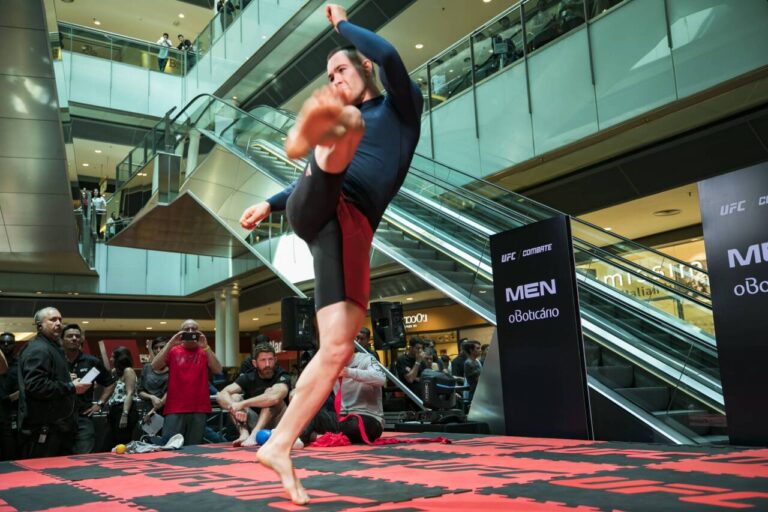
Jump to
The UFC challenged traditional martial arts from the beginning

The inception of the Ultimate Fighting Championship represented a significant turning point for the martial arts community, as it challenged entrenched perceptions about the effectiveness of various fighting styles. In the early no-holds-barred competitions, traditional martial artists frequently suffered overwhelming defeats, which were sometimes brutal.
These outcomes highlighted the superior practicality of grappling techniques and combat sports that incorporated elements like boxing and low kicks, over martial arts that did not focus on full contact sparring and grapping. This prompted a reevaluation within the traditional martial arts circles about the real-world relevance of their techniques in the unpredictable and competitive setting of the octagon.
Additionally, mixed martial arts faced skepticism for its perceived prioritization of spectacle over the structured discipline of traditional martial arts, and questions were raised about its suitability for actual self-defense situations and its potential identity as a new form of martial art.
This was partly due to the lack of a standardized training approach in the early stages of MMA, with athletes often coming from specialized martial arts backgrounds. Over time, however, MMA has evolved into a distinct discipline, synthesizing elements from boxing, Muay Thai, wrestling, and BJJ, driven by the competitive nature of the sport that served as a melting pot. Today, MMA is taught by specialized gyms and coaches, yet it continues to encounter criticisms similar to those in its formative years, particularly concerning its violent aspects and the distinction between combat sports spectacle and real-world fighting scenarios.
Members of other combat disciplines argue that MMA does not fully simulate the unpredictable nature of real combat, raising questions about its applicability in genuine self-defense scenarios. However, this perspective overlooks the comprehensive physical and mental challenges presented by MMA, as well as the sport’s evolution and the overall benefits of MMA sparring and competition.
To commence our discourse, let us now turn our attention to addressing the popular criticisms that have been raised, taking into consideration the points previously discussed.
The claim that MMA has no tradition, no principles, no philosophy or honor
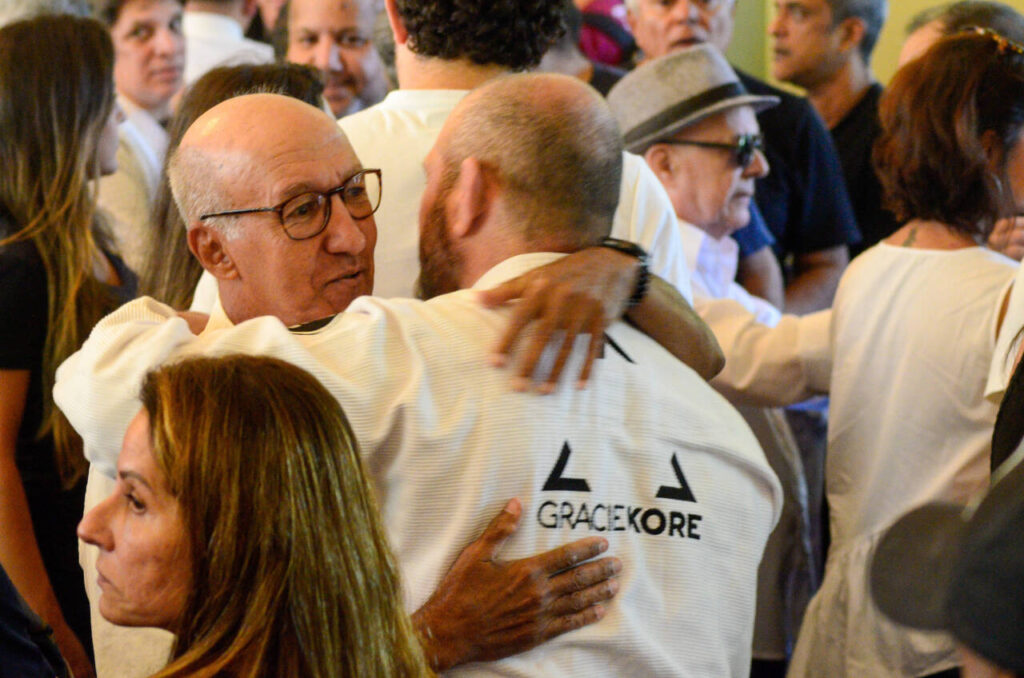
Mixed Martial Arts (MMA) has been criticized for being a violent sport without tradition, principles, philosophy, or honor. However, this is not entirely true. MMA often showcases instances of noble sportsmanship and honor, and there is a sense of camaraderie in gyms where fighters help each other like family members, often traveling to help in training camps.
Additionally, MMA has a rich combat sports-oriented cultural heritage coming from boxing trainers like Cus D’Amato and the lineage and concepts of Brazilian Jiu-Jitsu that have influenced the sport significantly. However, heritage, lineage, or tradition are not obligatory aspects of its training as MMA technique is about evolution and not strict adherence to tradition.
That being said, the focus of modern self-defense and martial arts schools on philosophy and heritage is often a topic of debate. Many schools prioritize profit and offer self-defense curriculums with little practical or philosophical value in order to attract customers, especially children, for belt degrees. Additionally, the traditional identity of many martial arts has been criticized as many of them were created post-World War 2 in Europe and the U.S. without direct lineage connected to traditional martial arts.
Reliability of principles and concepts pertaining to self-defense

My previous work on Bloody Elbow has often focused on the conceptual aspects of martial arts, and while I prefer to study combat sports, there are arts such as Wing Chun, Aikido, Krav Maga, and the Dog Brothers stickfighter group that have conceptual interest for me.
These arts offer important aspects of fighting such as the use of trapping in Wing Chun, circular movement and weapons disarms in Aikido, and neutralizing threats quickly and effectively through a combination of striking, grappling, and ground fighting in Krav Maga.
Unfortunately, although traditional martial arts and combat systems often incorporate principles that appear logical and innovative, yet their practical application has been subject to critique. These combat principles, while they seem to make sense, have not demonstrated their efficacy in real-world scenarios. This discrepancy between theoretical and practical application has led to the discrediting of some traditional martial arts by some practitioners and observers.
These systems seem to disregard the principles essential in contact sports, such as keeping the chin down, crouching and standing straight to avoid takedowns and keeping the hands up, which are fundamental in MMA training.
This can lead to lack of effectiveness, especially when traditional martial arts practitioners accept challenges from MMA fighters and kickboxers, often with unfavorable outcomes. Even when the challengers are not top-level MMA or kickboxing fighters, they still manage to win. This raises concerns about the effectiveness of certain traditional martial arts techniques in practical combat situations.
In the upcoming video, a wrestler is seen executing takedowns on an Aikido practitioner with ease. In practical situations, attacks are not executed in the same manner as in staged Aikido practices.
In this second video, a Wing Chun practitioner is seen being kicked from a distance by a kickboxer, and the art appears to provide no realistic counter to such attacks. Additionally, the Wing Chun practitioner is beaten up in trapping range, which is supposed to be the main strength of the art.
I chose these two examples from the specific martial arts due to his extensive study of them and their unique value propositions. However, the challenge lies in the fact that their strict adherence to their traditions often hinders the practical application of their principles.
MMA on the other hand, is all about practical application. The phrase “The church of what is happening now” coined by comedian Joey Diaz, can be adapted to MMA as “MMA is the church of what is effective now.”
This encapsulates the evolutionary nature of mixed martial arts techniques, where ineffective methods are discarded, and successful approaches are tested, countered, and refined or abandoned. MMA techniques have evolved through a rigorous process, with fighters learning to adapt, troubleshoot, and fine-tune their skills.
This approach prioritizes results over tradition, and the only currency for maintaining techniques is their effectiveness, as demonstrated by the consequences of injury and pain. This evolutionary process is a beneficial aspect of MMA, ensuring that fighters remain competitive and adaptive in their craft.
About the use of kata and forms in traditional martial arts training
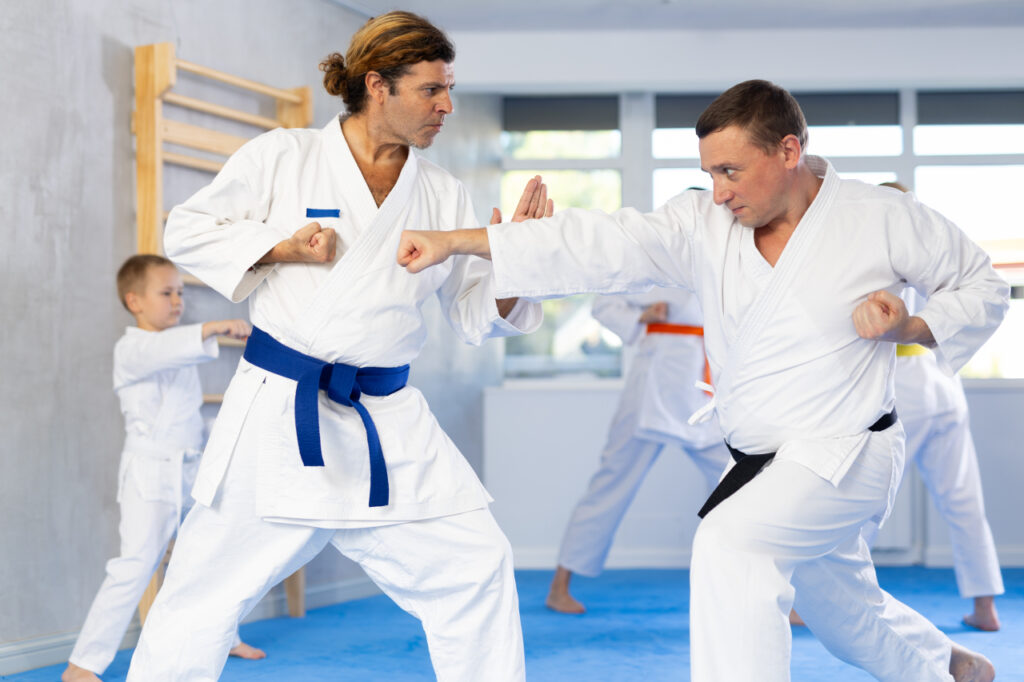
Kata, the structured sequences of martial arts techniques, repeated time after time to perfection of form, seem very impressive to the untrained eye, especially when practiced in groups where the sound of the uniform from the execution of techniques can be impressive. They are supposed to serve multiple purposes in training beyond direct combat. They preserve and pass down techniques, provide a library of moves and embody cultural heritage.
Kata are not used in fighting as they are practiced, but they are supposed to be a foundation for students to develop skills such as balance, focus and overall fitness. They are also used in public demonstrations and competitions, where they are judged based on technical performance and adherence to traditional values and principles. Some instructors even claim that these unrealistic strikes can be applied as standing grappling techniques. All practitioners of these techniques, with some exceptions, usually do not use them in competition or in the street.
The approach taken by the author holds regard for certain traditional techniques, yet from a tactical perspective in combat training, it is advised to refrain from employing kata and form-based practices. While these methods can contribute to cultural preservation, overall physical fitness, and respiratory exercises, they are not optimal for developing combat readiness.
The concept of kata is not without value for combat, their content is. Fighters can employ the concept behind kata where a person throws strikes at the air as though there is an opponent. The author does employ a series of combinations that can be used by students as a realistic type of kata but this is closer to what is called shadowboxing.
Shadowboxing is primarily practiced in boxing to prepare the muscles before engaging in stronger physical activity. The exercise helps maintain a fighter’s rhythm, improve form and technique, and simulate an opponent with one’s shadow or reflection.
The use of kata is an example of the preservation of tradition in martial arts. These disciplines often preserve techniques through practice, even if they may not be directly applicable in real fighting scenarios. MMA, on the other hand, emphasizes effectiveness in real-world situations, not preserving tradition. Combat sports athletes only train in techniques that can be used in fighting, rather than others that are primarily cultural or historical.
Observing how BJJ practitioners, boxers, kickboxers, and MMA fighters fight in street altercations, one will notice that they fight with the same techniques that they train on. For example, a BJJ practitioner will close the distance and grapple, a boxer will throw boxing punches, and sport karate fighters will fight from a distance like they do in competition.
On the other hand, the author has watched videos of traditional martial arts practitioners engaging in fights. These individuals, who refrain from sparring in their training, may initially employ complex techniques during fights. However, if these initial techniques do not lead to a prompt conclusion, they resort to less refined approaches, such as sloppy kickboxing, instead of utilizing the techniques they have been trained in and advocate as effective in real fights. This is due to lack of sparring experience.
Engaging in sparring is a critical and indispensable aspect of martial arts training, as it allows practitioners to test their techniques against resisting opponents. Sparring inherently involves risk, as strikes can potentially fly around one’s head, necessitating the development of reflexive techniques in high-risk scenarios.
In conclusion, it is essential for practitioners to train in a sparring-oriented art that will teach them to fight with the same techniques used in practice, rather than relying on low-stance moves from kata or forms that have no application in real-life combat situations.
Use of forbidden or ‘lethal’ techniques

Critics of mixed martial arts often claim that the discipline fails to incorporate the most effective self-defense techniques, such as eye gouges, groin strikes, biting, and hair pulling, arguing that these “lethal dojo” methods are superior in self-defense due to their simplicity and potential for quickly incapacitating an opponent.
While there is merit to the effectiveness of these techniques in ending confrontations swiftly, it is important to recognize that individuals trained in MMA are likely more adept at applying these techniques than those without sparring experience.
Sparring cultivates the ability to remain composed and follow game-plans under pressure, navigate adversity, and adapt to counterattacks.
As Mike Tyson famously stated, “Everyone has a plan until they get punched in the mouth,” echoing the adage that “no plan survives first contact with the enemy.” This underscores the significance of MMA training in preparing individuals to effectively respond in real-world confrontations even when using the aforementioned self defense techniques.
On the other hand, the author expresses skepticism about the effectiveness of knee strikes, elbows and head-butts for smaller individuals due to their reach disadvantage and the risk of entering the clinching range, especially when facing a larger, aggressive individual.
When an angry, huge dude gets a hold of a smaller person it usually does not end well for the latter. In the context of self-defense for people at a size disadvantage, the author favors a sport karate approach, emphasizing fighting from a distance or clinching-to-grappling strategies in the case of opponents with no grappling experience.
Finally, a valid concern arises regarding the suitability of lethal self-defense techniques for law-abiding citizens without prior street combat experience, particularly when confronting individuals with a history of violence and criminal background.
This concern is heightened when the necessity for preemptive action is considered. Although these techniques may be taught, their practical application in real-life scenarios is often challenging due to the complexities of human psychology and the dynamic nature of violent encounters.
Effective self-defense strategies and overcoming unsuccessful outcomes
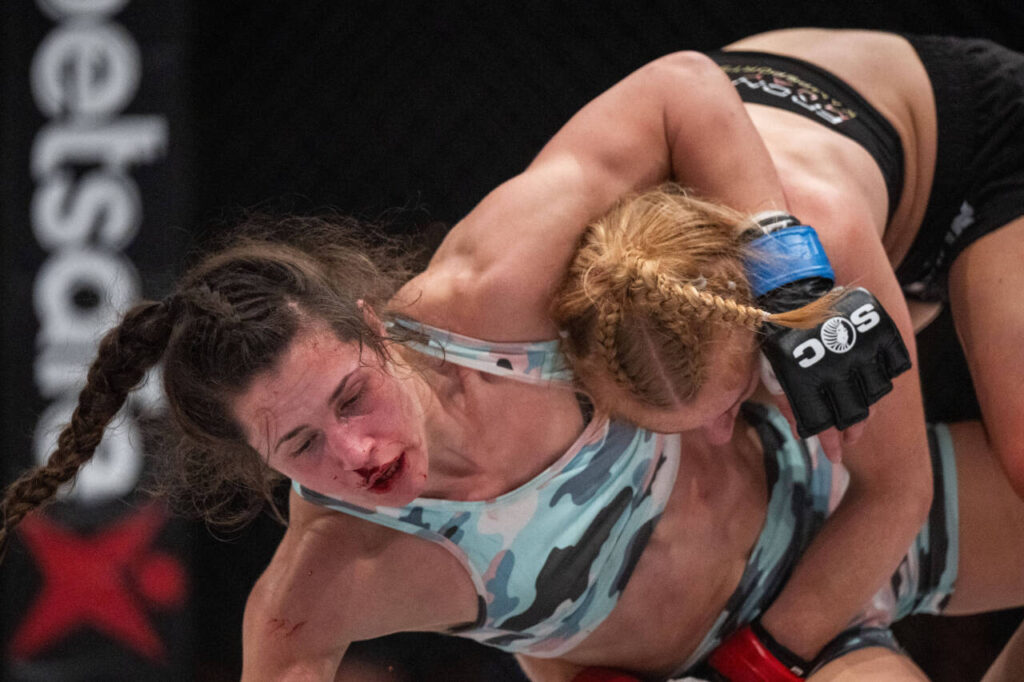
There is also the potential for unsuccessful outcomes when attempting to swiftly resolve the conflict using these aforementioned strategies.
A colleague of mine had developed a specialized strategy for handling confrontational scenarios in public settings. His method involved engaging the opponent at close range, utilizing a swift head butt or a knee strike to the groin to incapacitate them.
By delivering a succession of strikes thereafter, he would establish dominance over the situation. Initially, this approach proved effective against two untrained individuals in succession. However, during a third encounter, his execution of the knee strike was unsuccessful, missing the intended target, which allowed the adversary to gain an advantage until bystanders intervened.
The individual in question relied on surprise tactics but lacked substantial experience in sparring or grappling. When the element of surprise was ineffective, he had no alternative strategy. This highlights the risks of promoting such aggressive tactics to those without full contact sparring experience, especially when facing opponents capable of countering these maneuvers or are just lucky enough to survive.
When these basic self-defense maneuvers, such as targeting an assailant’s groin, fail to deter an attack and may even intensify the confrontation and to aggravate the aggressor, it becomes imperative to have proficiency in mixed martial arts training that can help one troubleshoot and survive.
In summary, although techniques like eye gouges and groin strikes can complement the skill set of individuals trained in combat sports, it is not advisable to rely solely on these for self-defense. The author recommends a balanced approach, integrating the physical and psychological preparation from MMA training with the aforementioned self-defense tactics, as this combination can yield the most effective results.
Managing injuries and fatigue in self-defense scenarios

Numerous combat training regimens prioritize scenario-based drills, which may not adequately prepare participants for the unpredictable and volatile nature of actual combat.
Critics point to the sports oriented nature of Mixed Martial Arts as a potential limitation. However, MMA training methodologies, such as full-contact sparring and physical and mental conditioning, are designed to emulate the unpredictability of combat encounters.
Despite the sport’s rule-based framework, MMA training arguably offers the most realistic combat simulation, providing more effective self-defense preparation than foregoing sparring entirely.
While rehearsing combat scenarios and honing technical skills in a controlled environment can be beneficial, it does not fully replicate the unpredictability and complexity of real-world combat situations.
Practitioners of combat arts may encounter situations where they face the injury, fatigue, or physical harm that traditional training methods may not fully prepare them for. This is where mixed martial arts training can serve as a valuable asset, as it fosters adaptability and mental resilience, enabling individuals to remain composed and find a way to survive in unexpected circumstances
For instance, a boxer who is hit and rocked may use defensive tactics like clinching, head movement, and maintaining distance to recuperate. Similarly, a Thai boxer must endure the pain of a powerful low kick, and a Brazilian Jiu-Jitsu practitioner must persist under pressure, find breathing space, and gather the strength to escape. These experiences are mirrored in MMA sparring and competition, challenging fighters both physically and mentally.
To summarize, traditional martial arts training does not fully prepare individuals for the physical and psychological demands of being hit, sustaining injuries, or coping with exhaustion.
MMA training is able to do so, with its emphasis on intensive sparring and grappling, thus conditioning individuals to withstand physical stress and continue fighting despite pain or discomfort. This facet of MMA training fosters mental fortitude and resilience, distinguishing it from scenario-based training approaches that do not accurately reflect the intensity of real combat situations.
The legal ramifications of initiating an attack to terminate a conflict
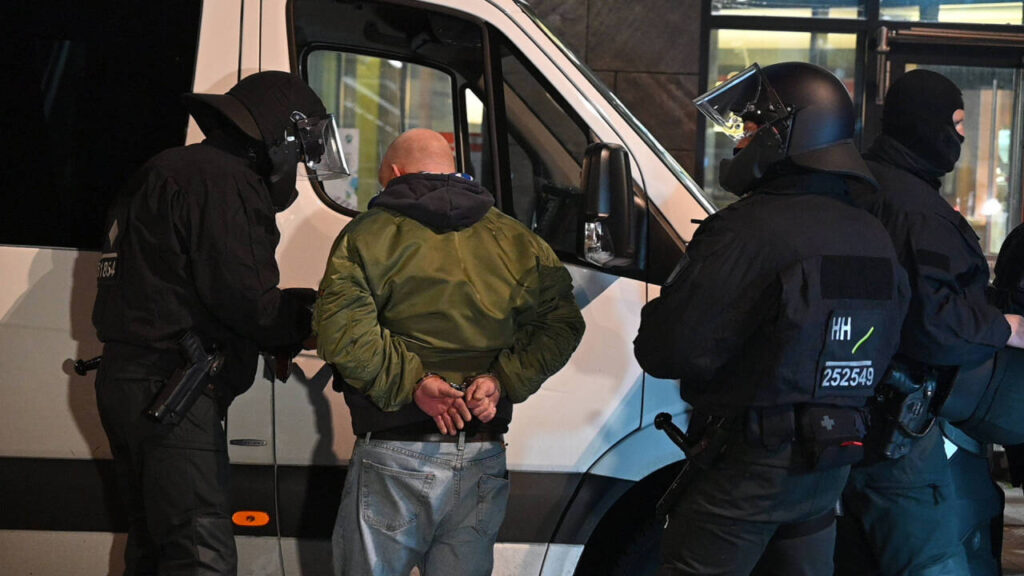
In the realm of combat-oriented disciplines, there is a strategic emphasis on the element of surprise through first strikes to swiftly conclude confrontations. Such tactics often involve aggressive maneuvers like headbutts, elbow strikes, and groin attacks.
It is imperative for a holistic unarmed self-defense strategy to include not only a diverse set of techniques but also a thorough understanding of the legal ramifications associated with the use of preemptive force.
When contemplating the initiation of a preemptive strike, one must carefully consider the necessity and proportionality of such an action in relation to the threat faced, as well as the legal repercussions that may ensue. The decision to engage in preemptive force must be grounded in a reasonable evaluation of the imminent threat and a sincere belief in the necessity of such action.
Furthermore, a profound comprehension of local self-defense laws is vital to ensure that any preemptive measures align with the legal standards in place.
For instance, initiating a preemptive strike, such as a headbutt or a knee to the groin, based solely on an individual’s intimidating demeanor could lead to legal complications when attempting to justify the use of excessive force in response to mere verbal provocations or minor physical contact.
However, it is not the intention of this discourse to suggest that training for first-strike scenarios should be excluded, as there are circumstances where such tactics are appropriate. Conversely, training to become the aggressor in a confrontation can enhance one’s vigilance and ability to anticipate and avoid being the target of such preemptive attacks.
Use of boxing gloves and the arguments that closed fist strikes are not effective for self-defense
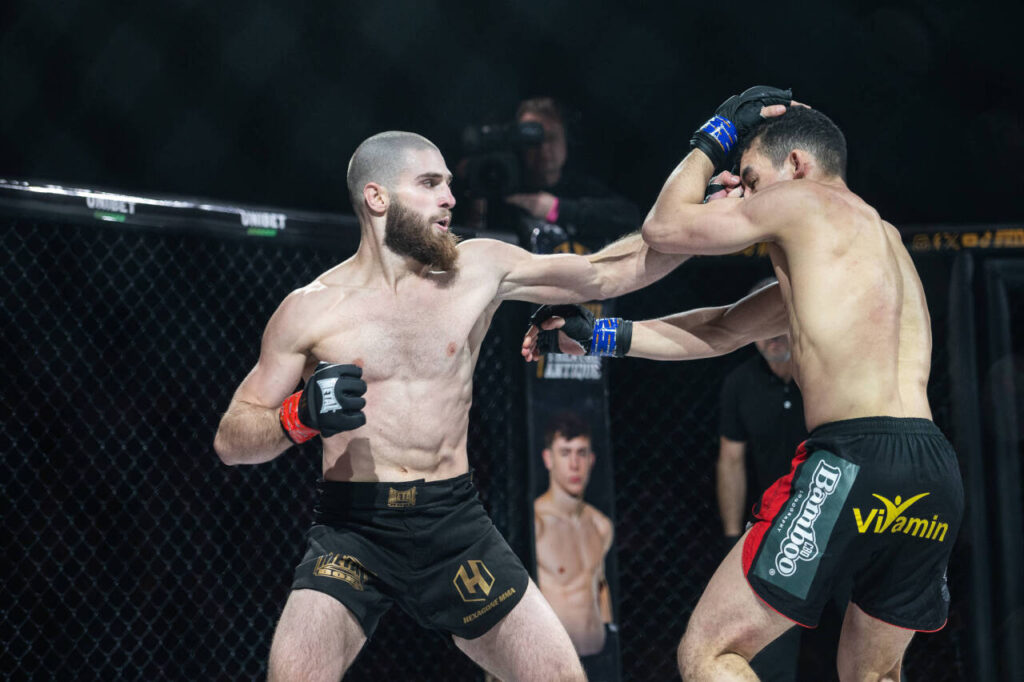
In the context of self-defense and street fighting, a common critique of boxing, kickboxing, and MMA is that the hands can be injured during punching, and smaller individuals may have difficulty knocking out larger opponents without the use of gloves and hand wraps, which are typically used in sports competitions.
These criticisms often originate from self-defense systems like BJJ. While there is some validity to these concerns, it is important to approach this issue as a complex one that requires consideration of measurable results as well as the specific context in which these techniques are being applied.
Firstly, it’s important to acknowledge that the human hand can adapt to striking at awkward angles, which can potentially increase the risk of hand fractures during self-defense situations. Some individuals have remarkably resilient foreheads, which can be tougher than a closed fist. The invention of gloves and hand wrapping primarily aimed to safeguard the hands, rather than the head.
I have observed instances in which individuals sustained hand injuries from striking an opponent’s head in self-defense. It is also common for people to be unable to punch as hard without the use of wraps and gloves. Conversely, there are numerous videos online showing former boxers successfully incapacitating opponents on the street with a single punch. This contrast underscores the intricacy of the debate surrounding the use of gloves in hand-to-hand combat scenarios.
In street fights, traditional martial artists advocate for open hand strikes or elbows and do not typically use gloves in practice. On the other hand, the author, in the capacity of an MMA coach, strongly recommends the use of well-padded boxing gloves during training sessions. This recommendation is grounded in several factors, primarily centered on safety and the effective development of power.
The benefits of using boxing gloves in sparring and training outweigh the potential drawbacks. It takes years for the body to learn how to effectively leverage and channel kinetic energy from the feet to the hand in an explosive manner capable of producing knockouts.
I recommend throwing strikes on equipment with full force with mental focus to do damage. This training process can be hindered if trainees have to hold back due to the fear of injury because of the lack of hand protection. Therefore, the use of boxing gloves and other safety gear like shin guards can facilitate more effective and safer training and develop knockout force.
Coaches advocating for the use of MMA in real combat, along with glove use in training and sparring, should also integrate specific conditioning drills and methods at the conclusion of striking sessions to toughen bare hands and shins.
Among these exercises is performing push-ups on the knuckles. Moreover, certain punches, like the overhand punch, should be adjusted to ensure the knuckles and not the fingers make contact with the target.
MMA coaches should also incorporate training sessions that involve punching on equipment without gloves and carefully drilling low kicks without shin guards. For beginners, it is advisable to have only one of the two practitioners wear shin protection.
To condition striking weapons safely, it is advisable to apply mild discomfort without compromising the safety of the limbs. Injuries to the hand, wrist, shin, and foot can be time-consuming to heal and may impact an individual’s confidence in using these body parts.
It is also essential to acknowledge that hand injuries can occur from the application of various martial arts techniques, including the open-hand strikes promoted by traditional martial arts. Participation in fighting activities inherently involves the risk of injury.
In conclusion, the author strongly endorses the use of boxing gloves in his MMA coaching classes, as they promote safer and more effective training, while also facilitating the development of knockout power. As mentioned above, adjustments need to be made in both training for self defense and the technical application of strikes in combat situations.
Open hand strikes

It is beneficial for MMA practitioners to train open hand strikes for self defense, as demonstrated by their historical effectiveness in Pancrase, an early form of MMA. Bas Rutten, a renowned Dutch kickboxer, showcased the impact of open hand strikes, particularly with the wrist part of the palm. It is important to note that Bas Rutten clarified that the technique involves landing with the wrist bone, not the palm itself.
In a real combat context, it is often observed that many boxing punches can be executed using an open hand, such as landing a palm or a slap. There have been instances where individuals, including larger ones, have knocked out their opponents with boxing hook-style slaps.
In confrontations, the boxing hook punch modified into an open-hand strike is commonly referred to as an ear slap. This modification can potentially increase the knockout power of the boxing technique. Despite the change in the way the blow is delivered, it is essential to note that this still falls within the realm of MMA boxing.
It is important to note that the adaptability of MMA can equip practitioners with the skills to adapt to such self-defense style attacks, making it a flexible foundation, unlike traditional martial arts or combat arts, which are more rigidly structured.
Claims that MMA techniques are ineffective in real fights

Most martial arts that focus on combat without incorporating sparring and grappling often engage in self-defense training that lacks realism. When a spectator with a background in grappling or kickboxing watches traditional martial arts self-defense training videos, they may find it disconcerting to see training partners, acting as attackers, throwing overemphasized punches that would not be employed by someone with even basic boxing experience, or performing collar and neck grabs without the intensity or technique that an agitated individual might employ.
Furthermore, these “reality combat” scenarios frequently lack any form of resistance from opponents when the defending practitioner attempts an escape or counterattack.
This contrasts sharply with practices in Brazilian Jiu-Jitsu and Mixed Martial Arts, where practitioners initially learn techniques through repetition against non-resisting opponents but eventually, the training intensifies, requiring the defender to apply techniques effectively against force to ensure the mechanics of escape or counter are sound.
MMA and BJJ also incorporate positional sparring and full-force sparring, with MMA including ground fighting with low intensity striking. In competitive settings, MMA and grappling practitioners face fully resisting opponents, testing the effectiveness of their techniques in a realistic manner.
In contrast to traditional martial artists, which primarily focus on forms and techniques without sparring application, boxers, kickboxers, and grapplers can easily recognize the ineffectiveness of certain defenses against strikes and submission escapes taught in some self-defense courses.
Traditional martial artists, however, often lack the opportunity to validate their techniques’ effectiveness against resisting opponents due to their lack of experience in sparring. As a result, the argument that Mixed Martial Arts does not offer realistic self-defense is inaccurate. Realistic self defense without sparring is not possible.
MMA rules do not negate the practicality of MMA training for self-defense
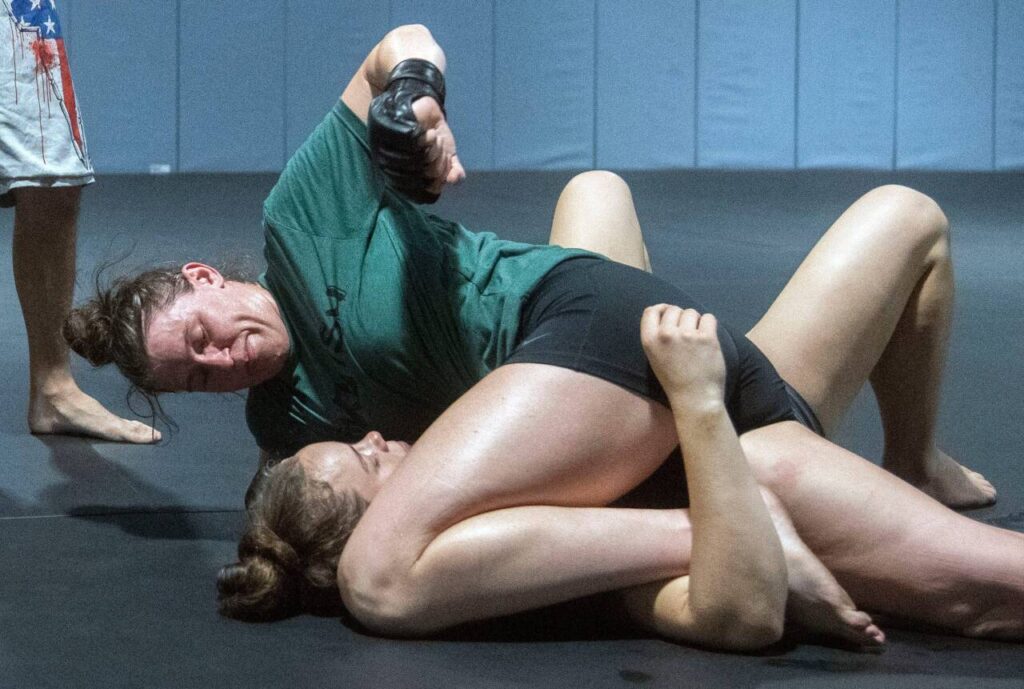
As mentioned above, a common criticism of self-defense systems, as expressed in the statement “MMA has rules, the street does not,” suggests that mixed martial arts may be ineffective in real-world combat due to the presence of rules protecting fighters. This critique implies that the rules of MMA competition may not allow MMA practitioners to be fully prepared for the unpredictability of a street fight.
The author intends to debunk this misconception and demonstrate that MMA’s rule set does not necessarily hinder its effectiveness in self-defense, but rather provides a structured and safe environment for developing the skills and strategies that can be applied in real-world scenarios.
To mitigate the inherent risks associated with a fighter’s extensive arsenal of techniques, MMA rule sets have been established to ensure a safe competition environment. Without the presence of a referee and a licensed medical practitioner and the existence of certain rules such as prohibitions on foot stomps, eye gouges, fish-hooking, spiking body slams, neck cranks, soccer kicks to the face, and downward elbows from the mount, the sport would be rendered perilously unsafe. Even with these rules in place, the sport remains borderline safe, as the potential for injury persists.
In contrast, a street fight scenario would significantly advantage an MMA practitioner, as their effective arsenal would become even more effective. In such a context, a combatant could exploit various techniques, such as gouging the nose or eyes, or grabbing hair, to achieve a submission hold or to lift the chin for a rear naked choke, due to the absence of rules.
We must also note that throws on the cage canvas are generally considered safe due to the cushioned environment. However, in actual combat scenarios, landing opponents on hard surfaces such as concrete or pavement can be devastating, potentially leading to severe injuries. This makes a MMA practitioner’s takedown skills devastating in self defense situations.
To summarize, the existence of rules in MMA serves to prevent harm and highlights the effectiveness of the sport, rather than proving its ineffectiveness.
The unpredictability of real combat scenarios

In the realm of combat training, self-defense experts often stress the unpredictability of real combat, where confrontations can occur suddenly, without warning, and in various forms.
When confronted with unforeseen circumstances, such as physical attacks, it is worth questioning which individual is better equipped to recover and adjust: a martial artist who practices predetermined scenarios in a dojo or an MMA fighter who has honed their skills through rigorous training and competition against professional opponents, capable of delivering a wide range of strikes, takedowns, and maintaining constant pressure for extended periods.
It is important to note that most street fights are brief, typically lasting only seconds, while untrained assailants often tire quickly and become breathless within a minute. In contrast, MMA practitioners, through their high-intensity training and grappling oriented endurance, can maintain their performance for a longer duration and get the upper hand in a street fight.
To summarize, MMA fighters, with their extensive training and experience, are better equipped to handle unpredictable scenarios compared to self defense instructors who do not have full contact sparring or grappling experience.
The synergistic potential of security professionals and Mixed Martial Arts

MMA is a combat discipline that is open to learning and incorporating any method that works. As such, MMA practitioners should be encouraged to augment their knowledge base by incorporating insights from security professionals, such as:
- Awareness of space and positioning
- Maintaining a back-to-the-wall posture to avoid sneak attacks
- Being near exits
- Identifying potential weapons
- Adopting a holistic approach to self-defense, including tactical positioning and vigilance
These insights can improve the effectiveness of MMA practitioners in self-defense situations.
Final words
Having addressed the majority of common criticisms regarding Mixed Martial Arts in relation to traditional martial arts, it is noteworthy that a significant concern remains. In the upcoming installment, we will delve into the common claims regarding the potential dangers of MMA ground fighting and Brazilian Jiu-Jitsu in self-defense situations, providing insights into their practicality and effectiveness in real-world scenarios.
Join the new Bloody Elbow
Our Substack is where we feature the work of writers like Zach Arnold, John Nash and Karim Zidan. We’re fighting for the sport, the fighters and the fans. Please help us by subscribing today.
About the author

